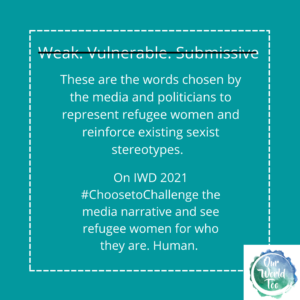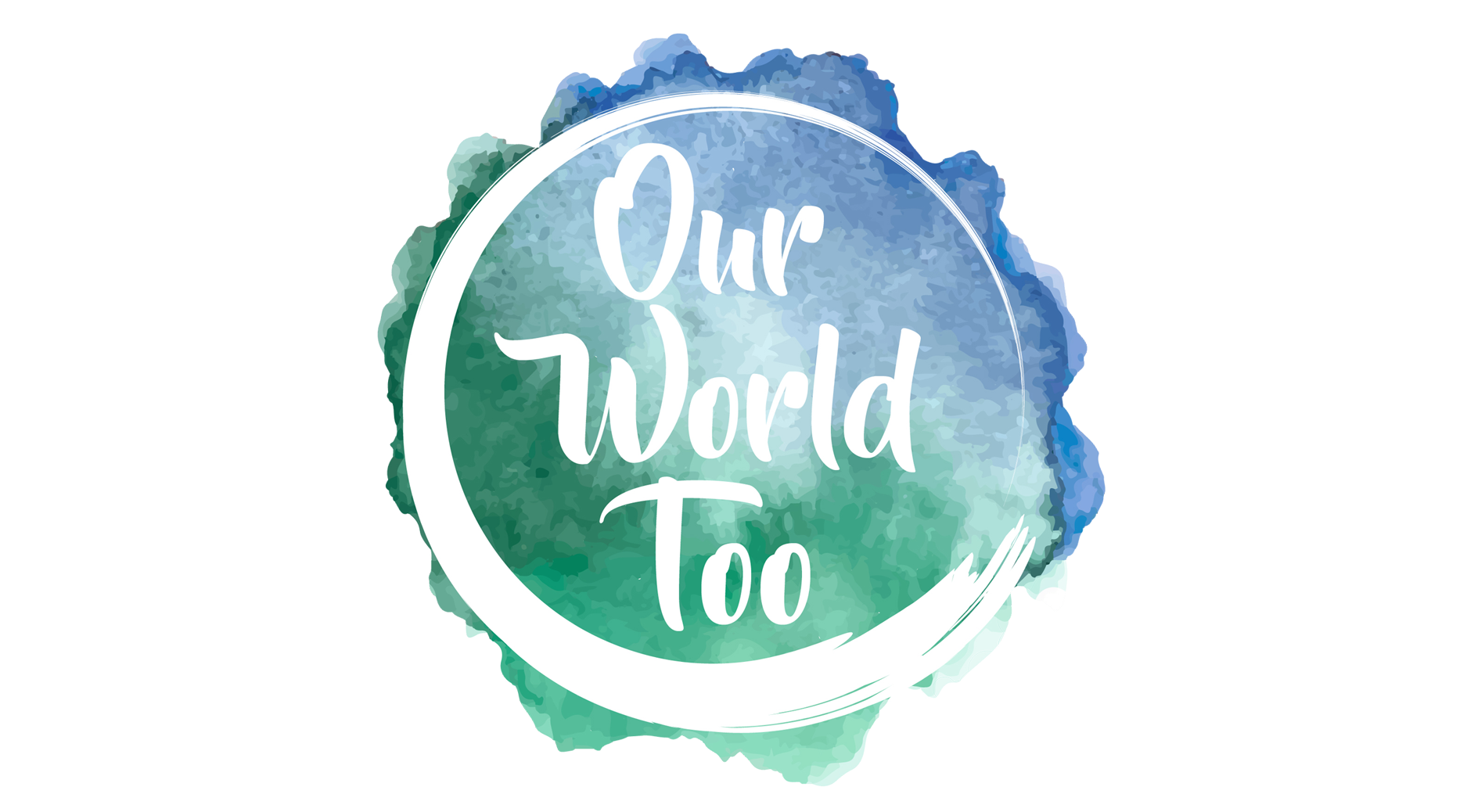The Gendered Representation of Refugees
Weak. Vulnerable. Submissive.
These are the words chosen by European media and politicians to represent refugee women and reinforce existing sexist representations. Despite constituting around 50% of refugees worldwide, women continue to be excluded from the media narrative in terms of self-representation.

An analysis of 500 journalistic photographs published between 2013-2017 for the coverage of the humanitarian crisis in France, Germany, Italy, Spain and the United Kingdom found the media categorically promoted the stereotyping and stigmatisation of refugee women. By excluding women’s voices and images from being disseminated through media outlets, they are prevented from being fully accepted as part of society and leads to ‘symbolic annihilation’ (which succeeds in diminishing the power and control they have over their image and experiences.
Gender representation in the media is crucial to understanding the initial and future integration of refugee women. By constructing the image of refugee women through Western constructs and existing stereotypes, the media and the humanitarian sector have been able to group them into one poverty-stricken, nameless and voiceless mass. By the 1980s, the image of a ‘third world’ mother and child had already become the standard image of ‘the refugee’.
Not only are these preconceived notions damaging but they inevitably effect the integration of refugee women by portraying them as backwards and oppressed in comparison to the more liberated natives in host nations.
However, this is not their truth. Whether through choice or circumstance, refugee women forge themselves into strong and resilient humans capable of speaking their own unfiltered truths. Our participants have shared their determination to succeed despite the odds, claimed their experiences and refused to be defined by statistics and stereotypes. They are the living embodiment of what International Women’s Day seeks to highlight, so for 2021 #ChoosetoChallenge the media narrative and see refugee women for who they are. Human.
References and Other Sources:
Amores, J.J., Arcila-Calderón, C. and González-de-Garay, B., 2020. The gendered representation of refugees using visual frames in the main Western European media. Gender issues, 37(4), pp. 291-314.
Johnson, H.L., 2011. Click to donate: Visual images, constructing victims and imagining the female refugee. Third World Quarterly,32(6), pp. 1015-1037.
Mattoscio, M. and MacDonald, M.C., 2018. Introduction: Gender, Migration, and the Media. Taylor & Francis.
Moore, K. and Clifford, S., 2007. The gendered use of the media by asylum seekers in Britain. Gender & Development, 15(3), pp. 451-466.
Silva, K. and Mendes, K., 2009. Commentary and criticism: Women, Migration and the Media.
